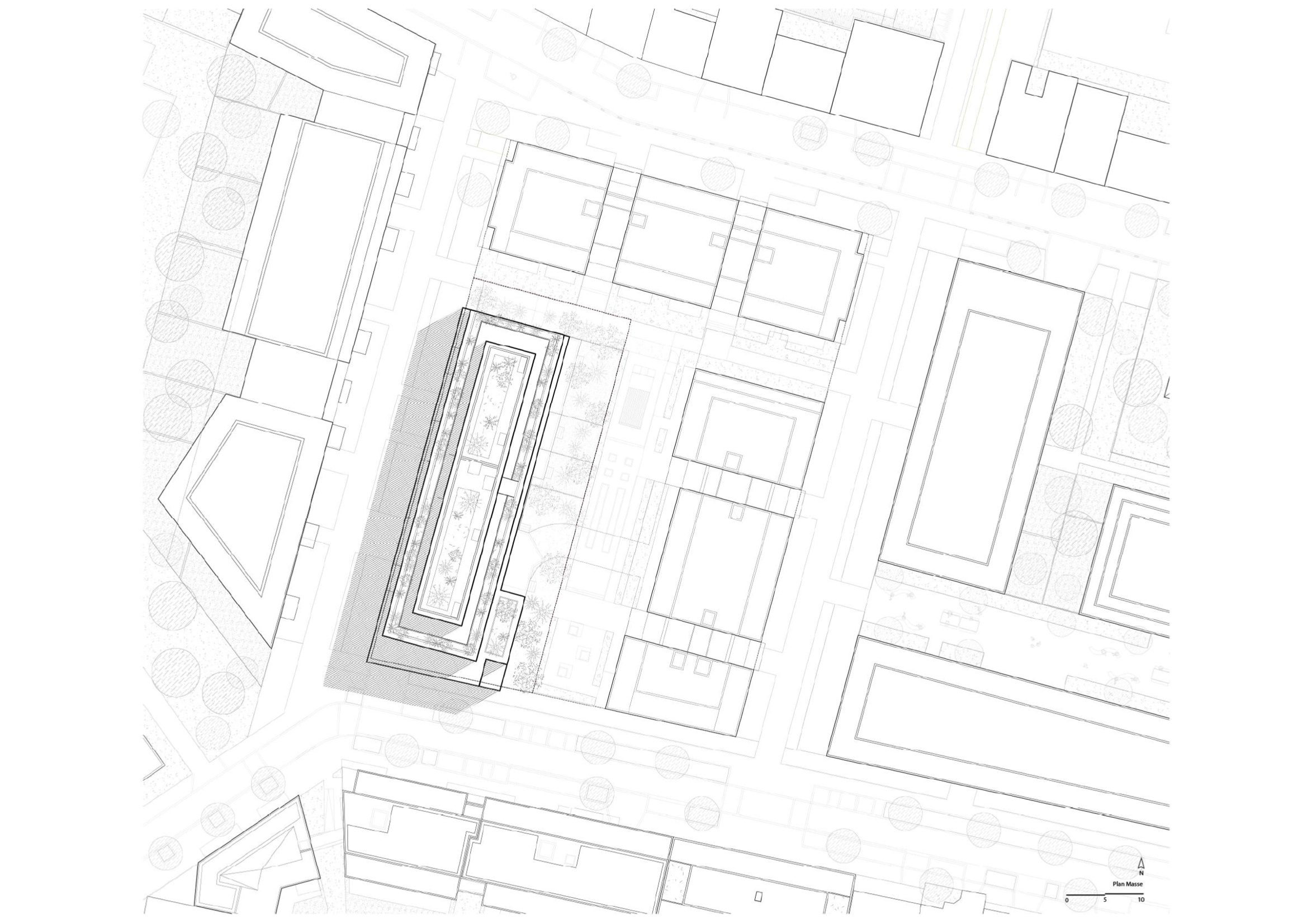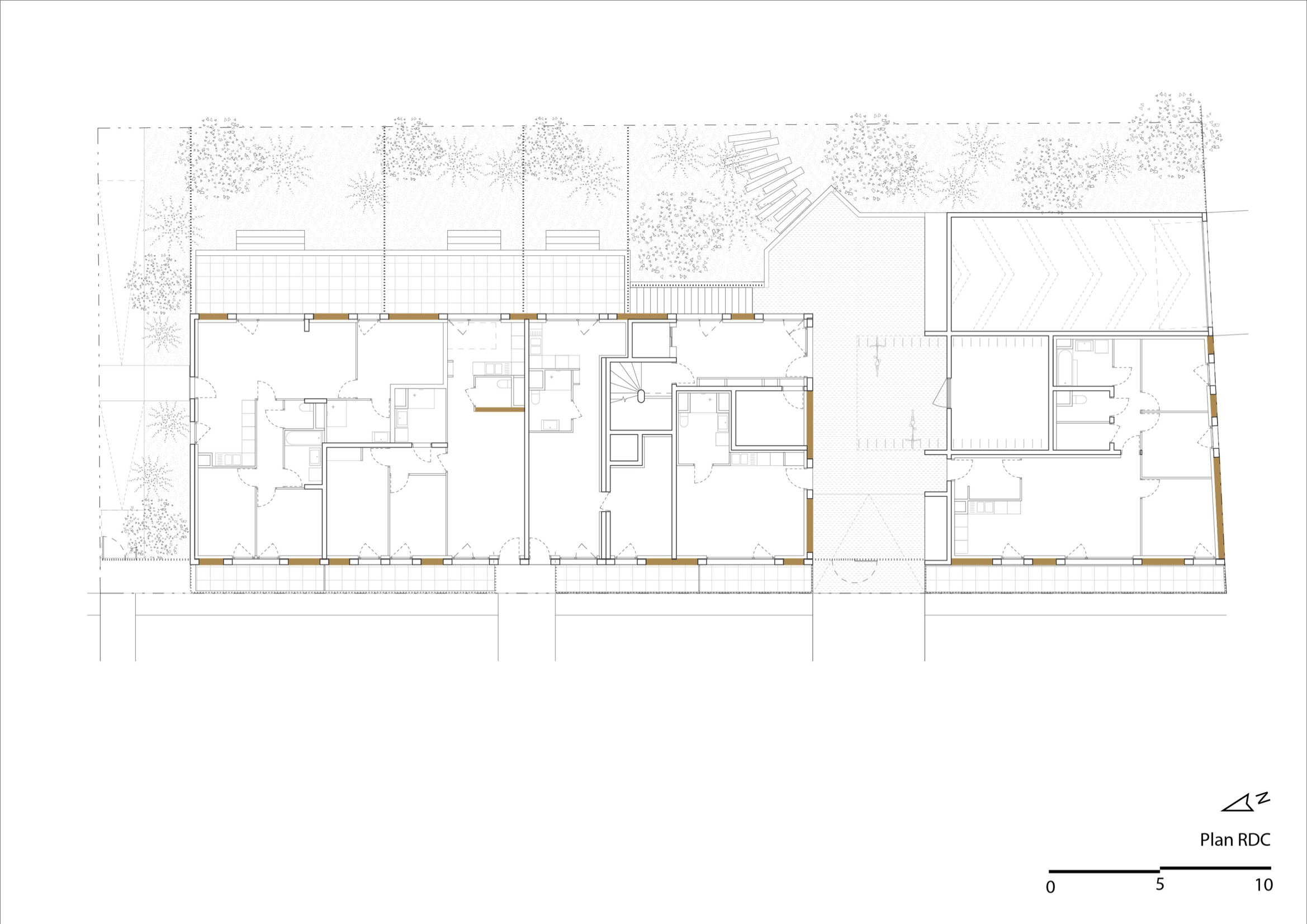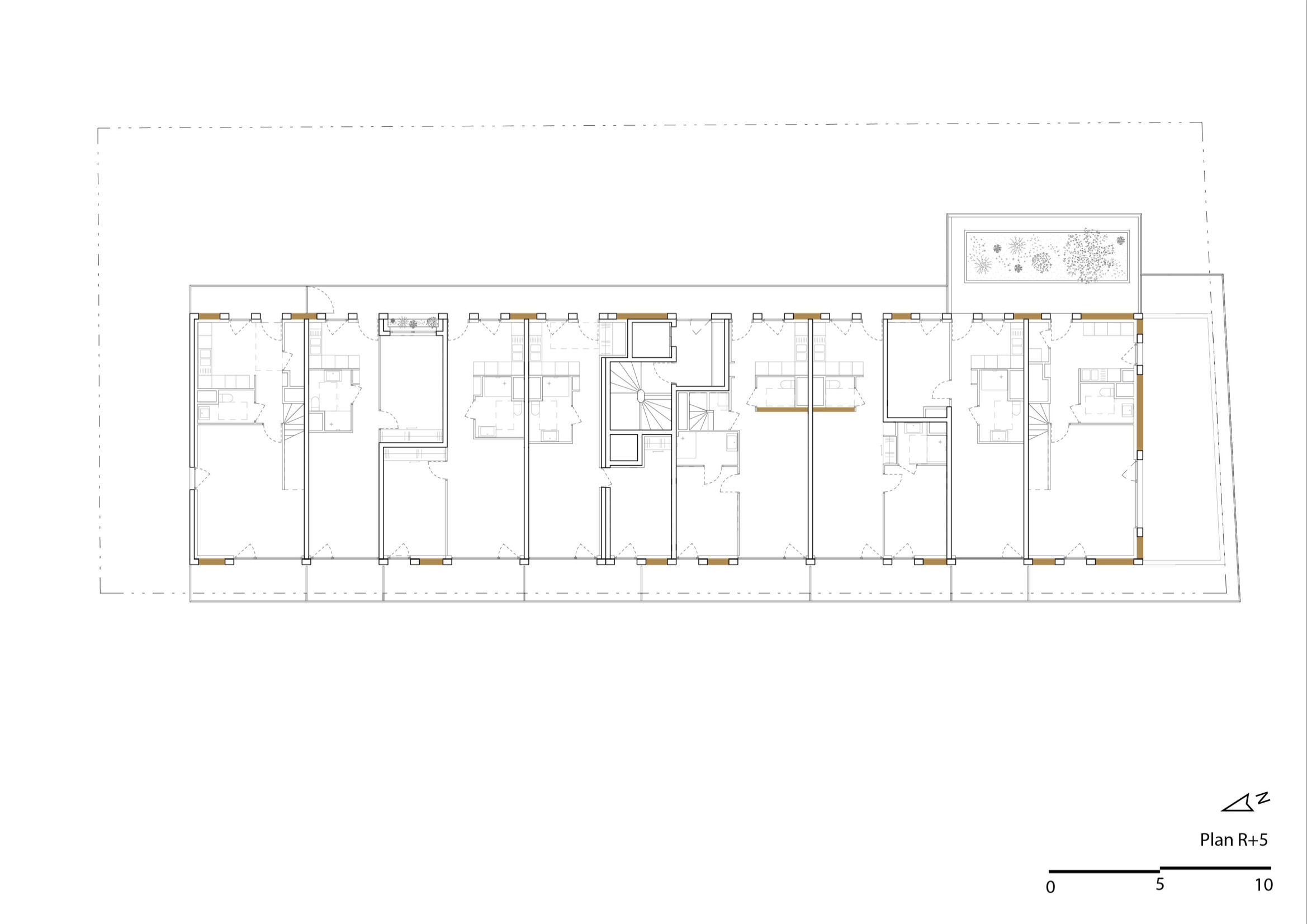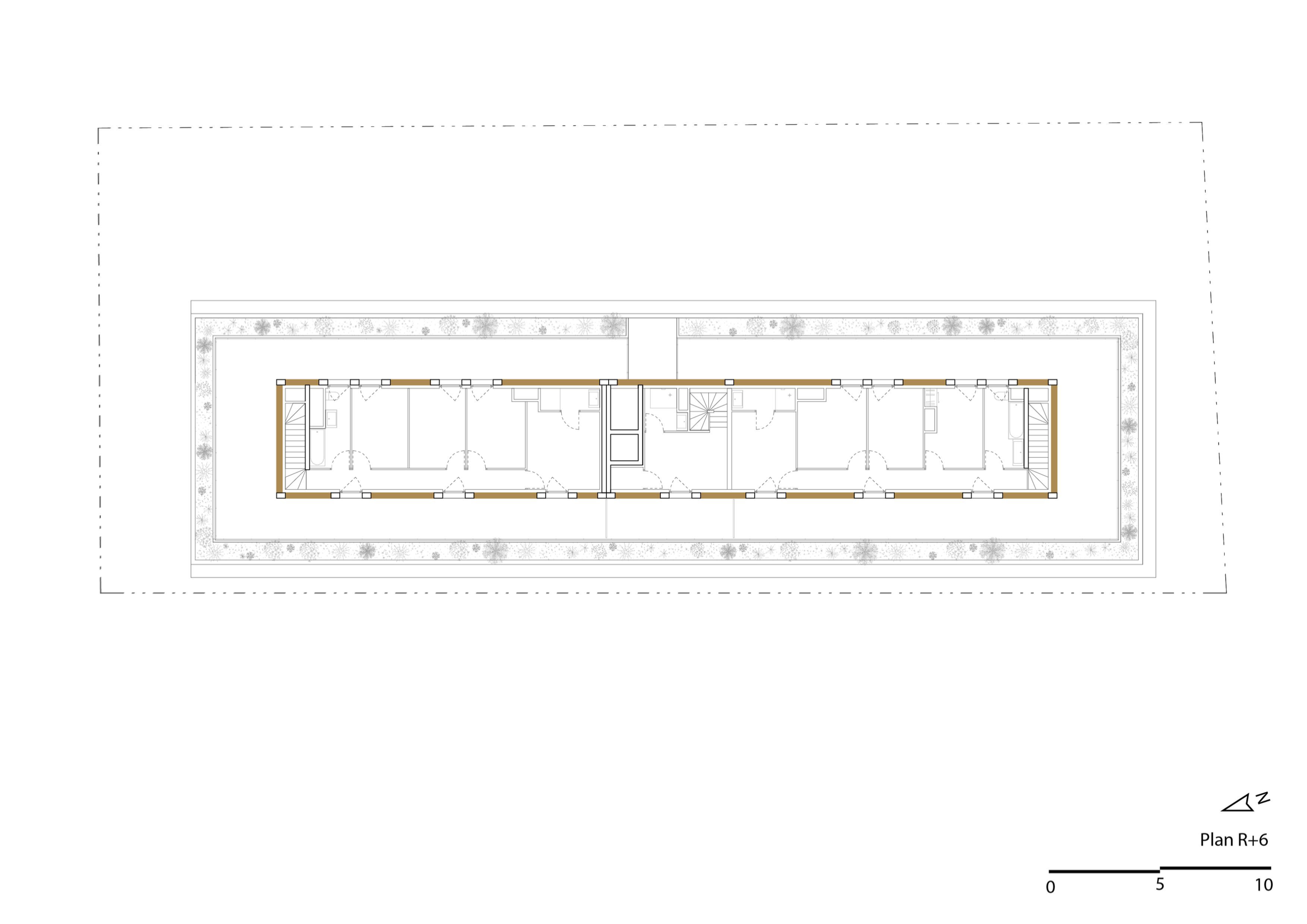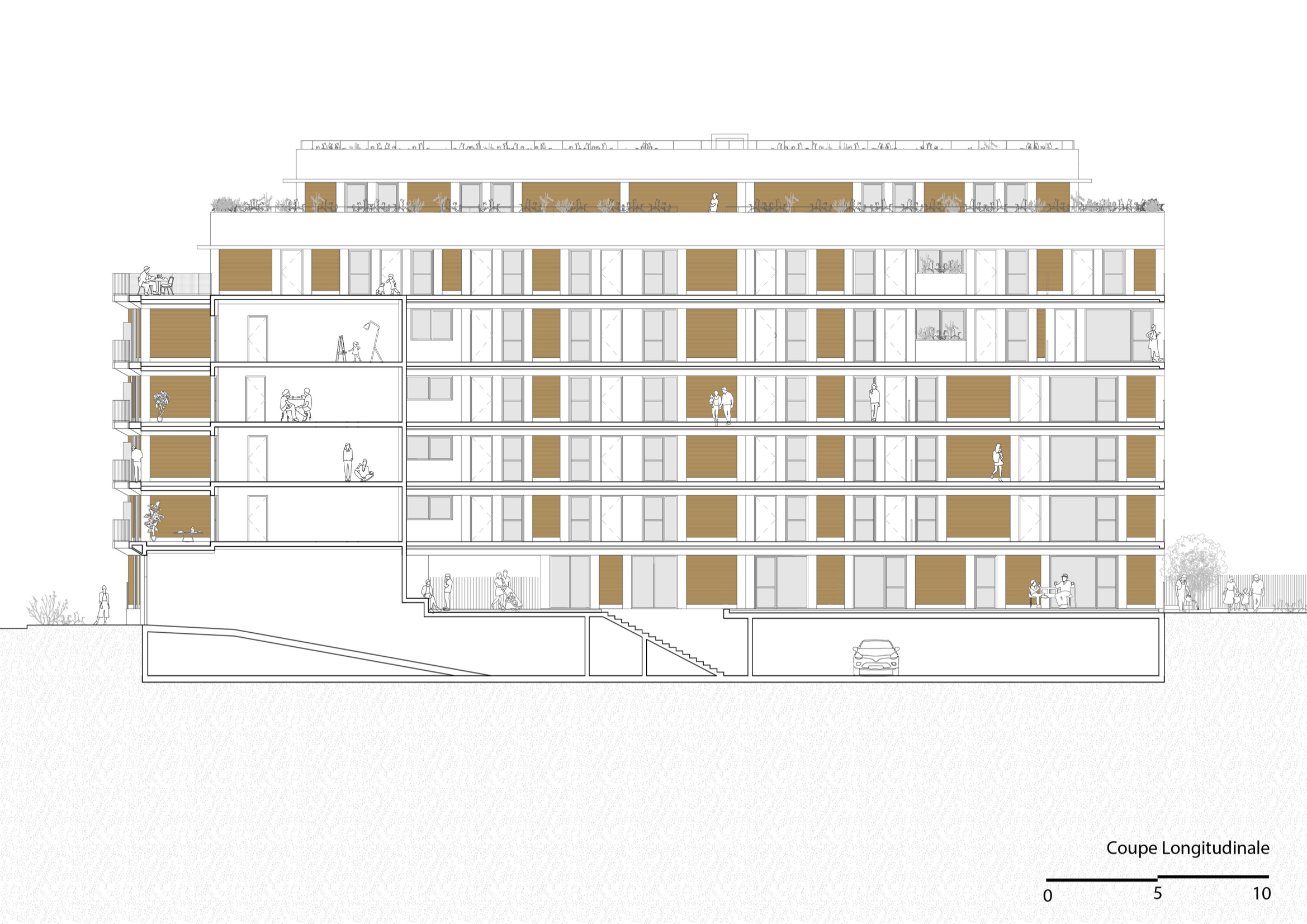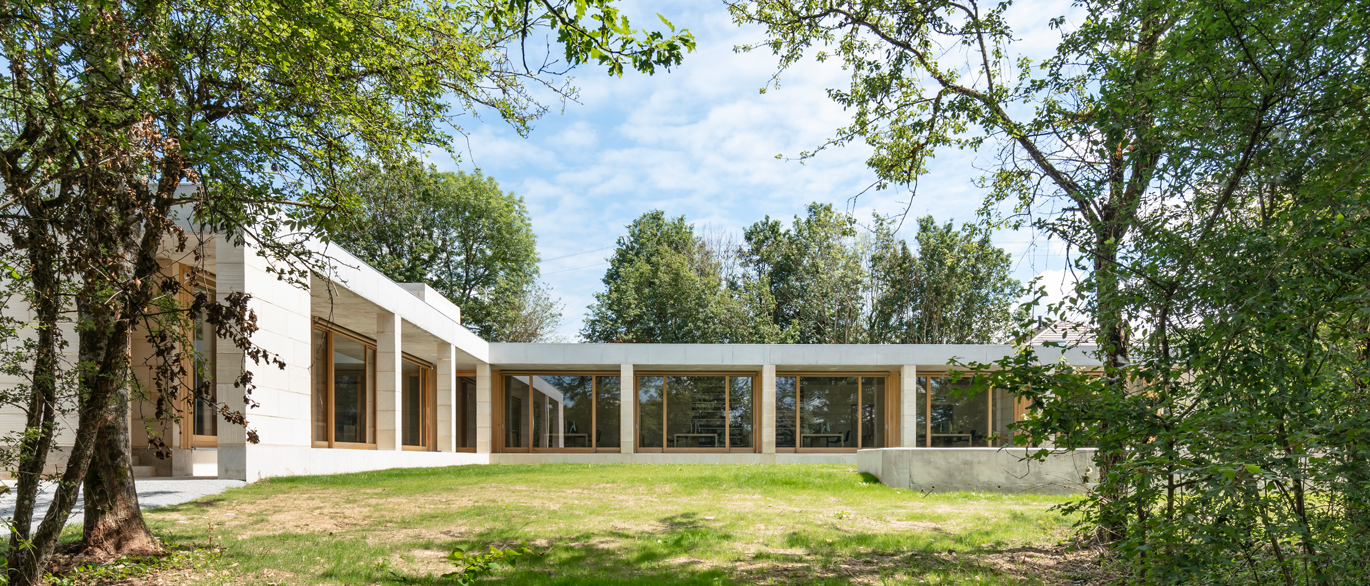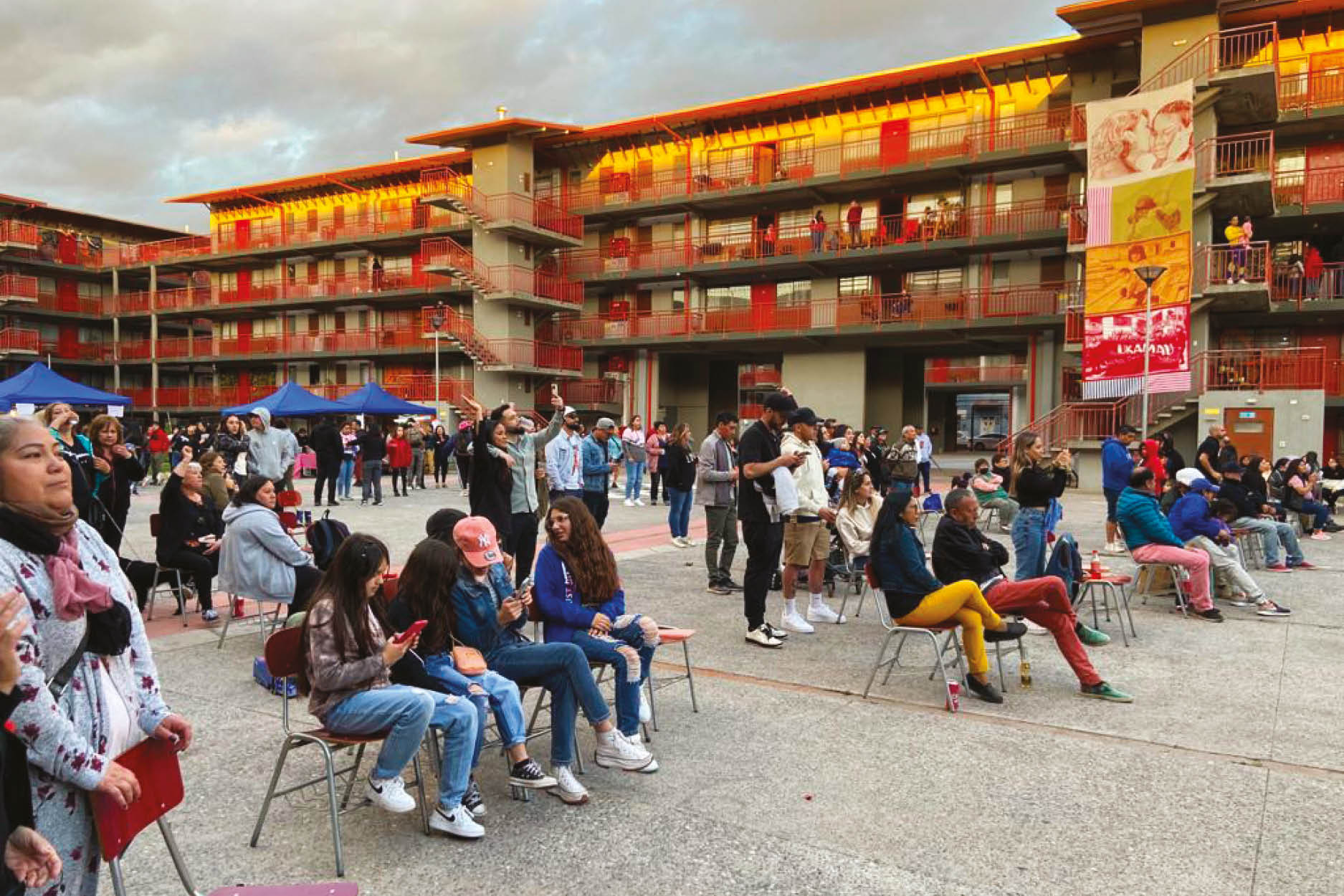In Bagneux, Earth Against All Odds
In Bagneux, in the Victor Hugo eco-district, 19.5 hectares of new housing, offices and shops, materials are being collected like in a game of Seven Families. Wood, load-bearing brick and... raw earth, used by TOA architects for a building of 42 homes delivered this spring for Groupe Gambetta.
Anastasia de Villepin
The architects at TOA, Christelle Besseyre-Gayaud and Pascal Thomas (partners in the Paris office) opted for raw earth because the ZAC (urban development zone) hosting their building called for ‘an innovative use’ of materials. Some used CLT (Nicolas Laisné), others load-bearing bricks (Tolila Gilliland), while TOA architects used adobe: moulded and dried earth, handled by a process that enabled them to optimise the use of the materials, since the same moulds were used for the clay bricks.
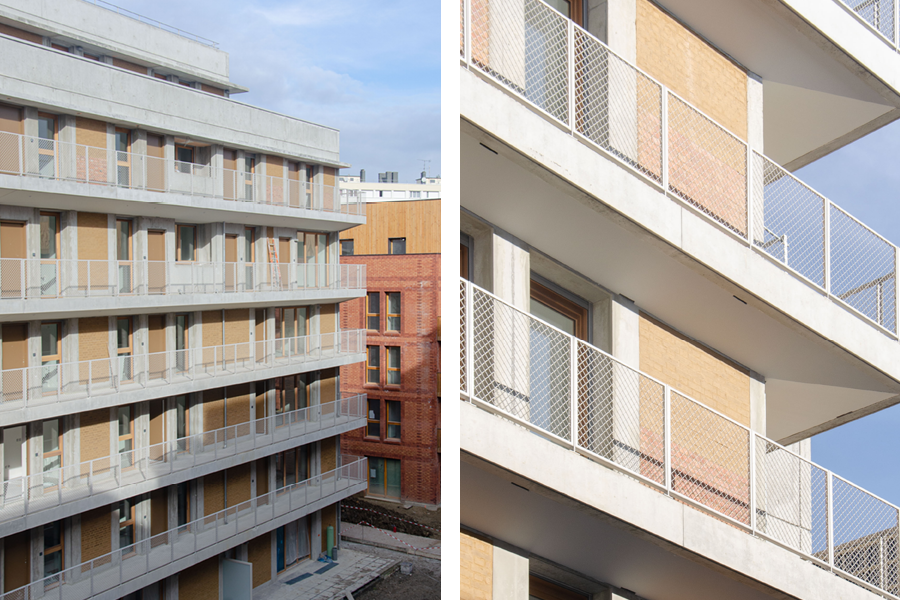
However, the architects had to scale back their ambitions: without ATEX, they were unable to use raw earth in the way they had hoped – unlike the Miriam Makeba school, due to be completed in 2019 in Nanterre, whose walls were filled by hand, using self-supporting adobe. In Bagneux, TOA can nonetheless rely on a ‘small masonry’ DTU that allowed them to only use raw earth bricks as filling, with a concrete structure. You have to enter the dwellings for the raw earth bricks to stand on their own.
Inside, during a visit to a small 1-bedroom dwelling, the raw earth brick makes an impact, planted in the living room like a manifesto. The binder is made of earth and sand, with no plant fibres – and no cement, naturally. We’d have liked the bare earth, but it’s ‘encased’. At the top of the brick wall is a metal prop that Pascal Thomas counts among the ‘political and administrative details’ that slowed down the designers’ aspirations: ‘The brick design office asked for this metal prop for fear that the wall would fall down.’ At the foot of the wall, the earth is baked to provide a foundation.
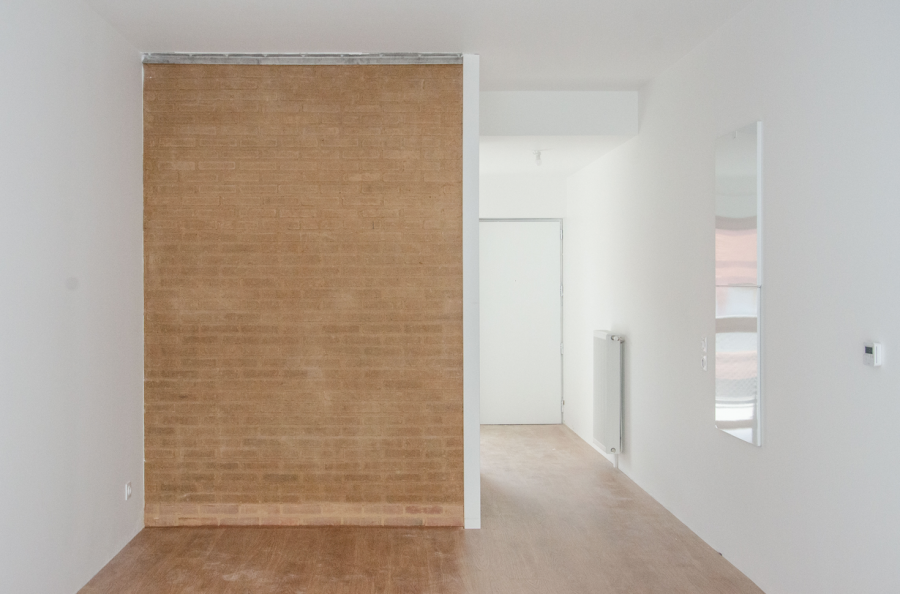
What’s the advantage of fighting for earth, in such restrictive conditions? The architects answer in unison: ‘Earth absorbs water vapour and distributes it, providing excellent thermal comfort. What’s more, thanks to the use of raw earth, all the flats, from 1-bedroom to 5-bedrooms, are walk-through.’ It’s also a political gesture: showing that we can use something other than concrete is a form of education downstream, for the owners, but also upstream, during the works.
During the worksite, the earth does not go unnoticed: the raw earth specialists are busy erecting the brick walls, under the cautious gaze of the other workers, some of whom come from African countries[1] where rammed earth is commonly used, when not devalued. One of the architects at TOA, of Moroccan origin, points out the differences from one country to another: ‘In Morocco, unlike in France, the use of raw earth is not a problem in terms of regulations. On the other hand, we don’t have structures like Cycle Terre, Amacó, etc. to support building sites and provide technical solutions.’ For Pascal Thomas, ‘When it comes to raw earth, there are two ways of campaigning: you can do hand-sewn operations that are precise but intimate, or you can try to penetrate the system and consolidate the presence of raw earth in a sector.’
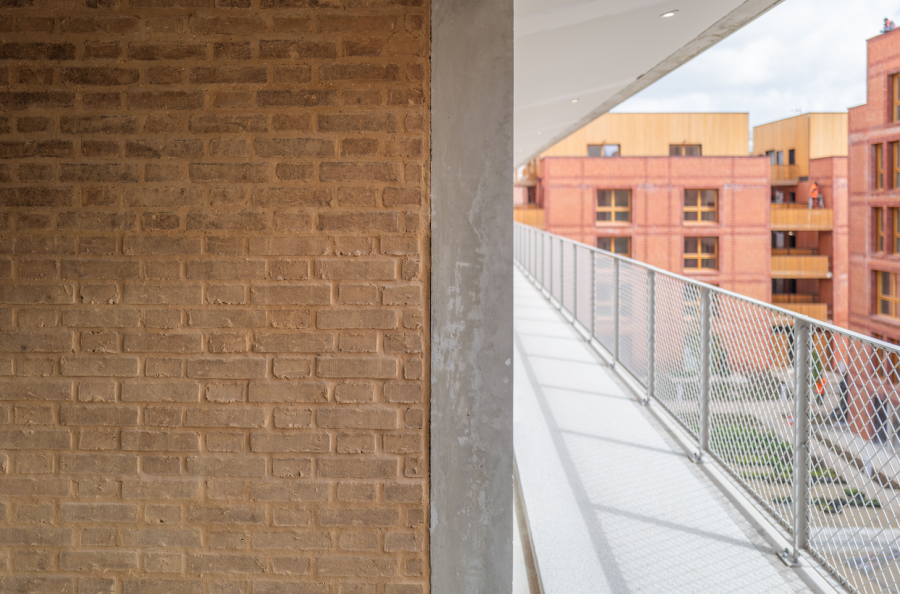
[1] In 2018, according to an INSEE census, 60.8% of the immigrant workforce worked as unskilled workers in heavy construction, public works, concrete and mining, and 60.7% as skilled workers in heavy construction. According to Insee, 11.5% of immigrant workers in Île-de-France are from Central Africa or Guinea.

